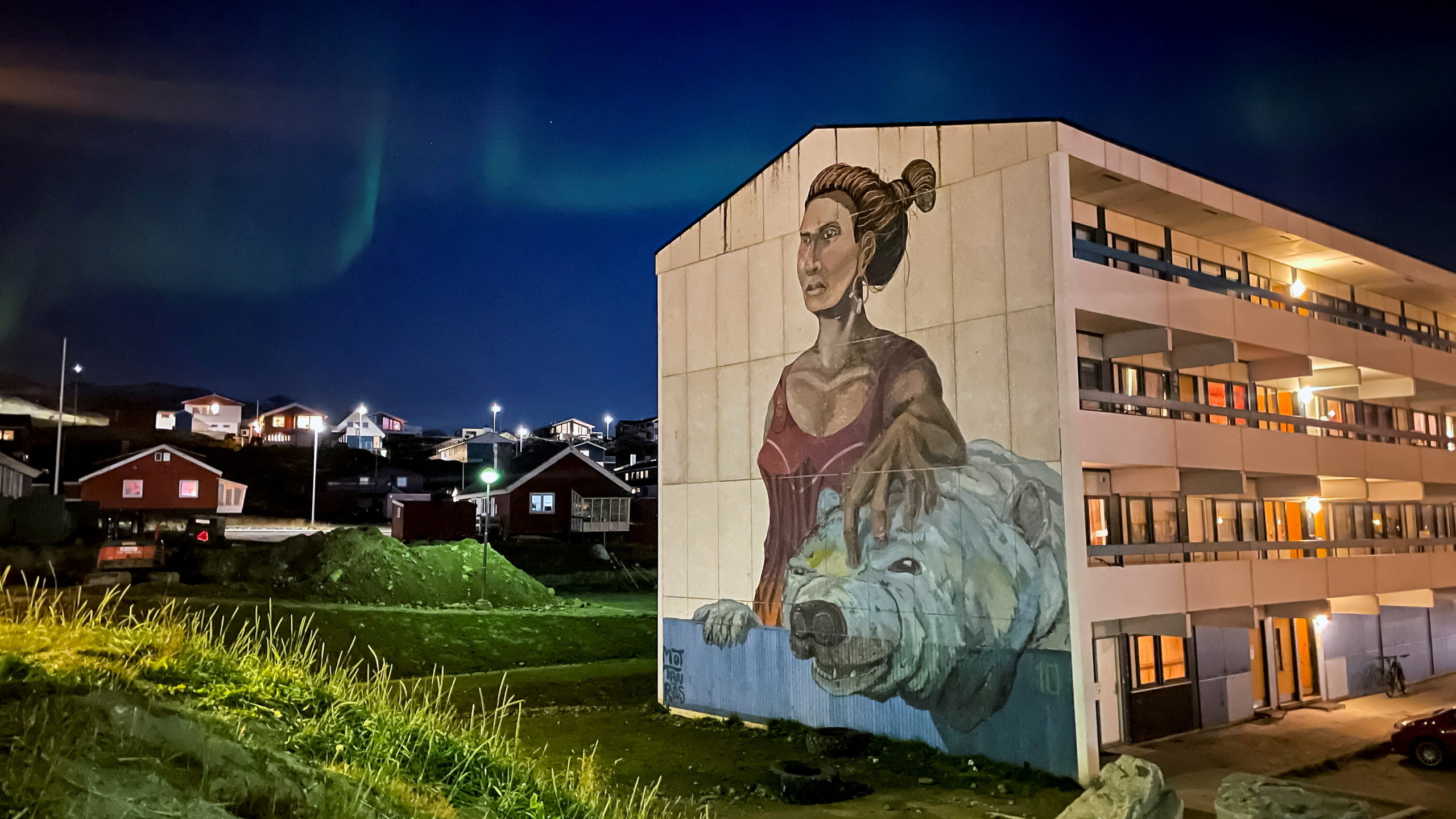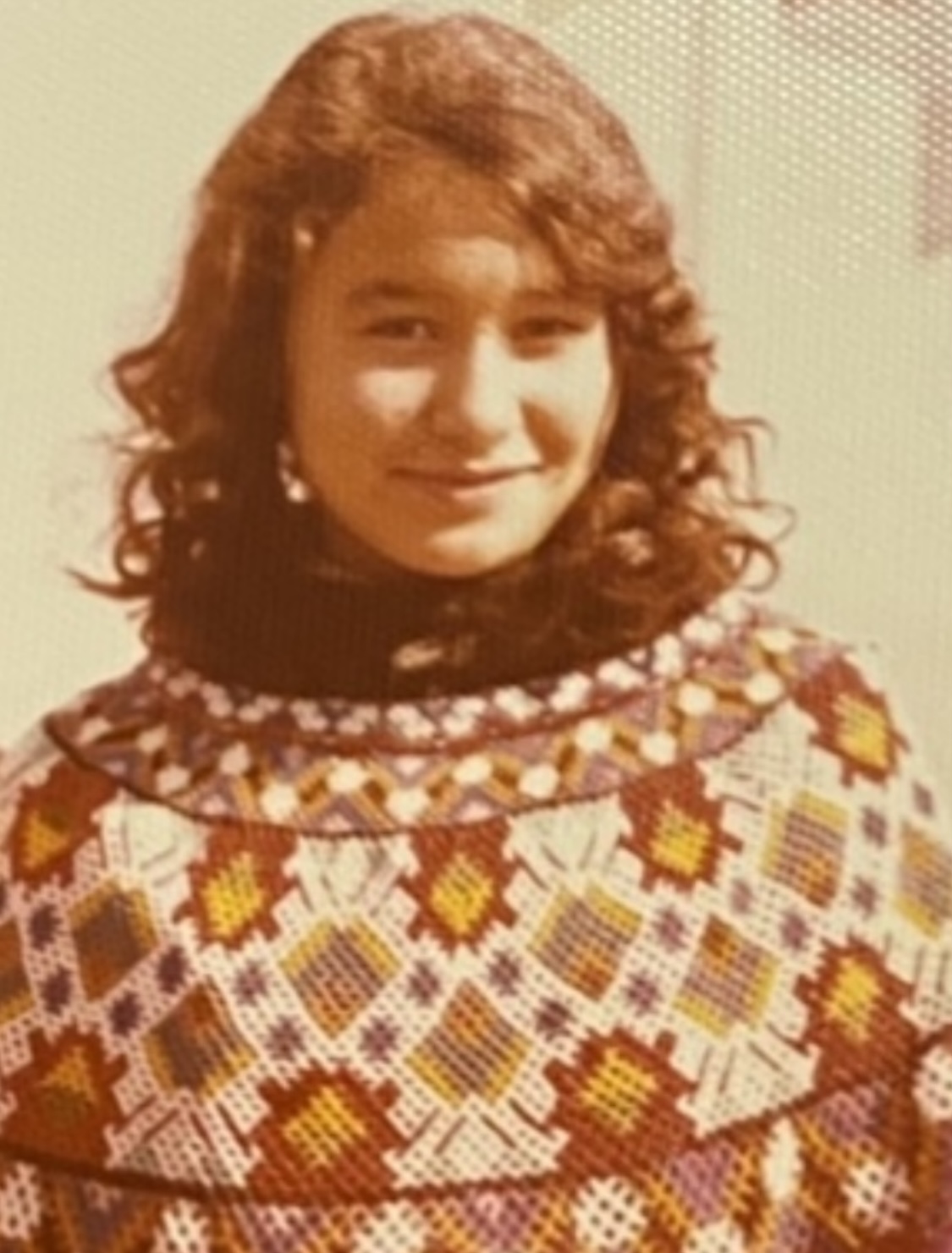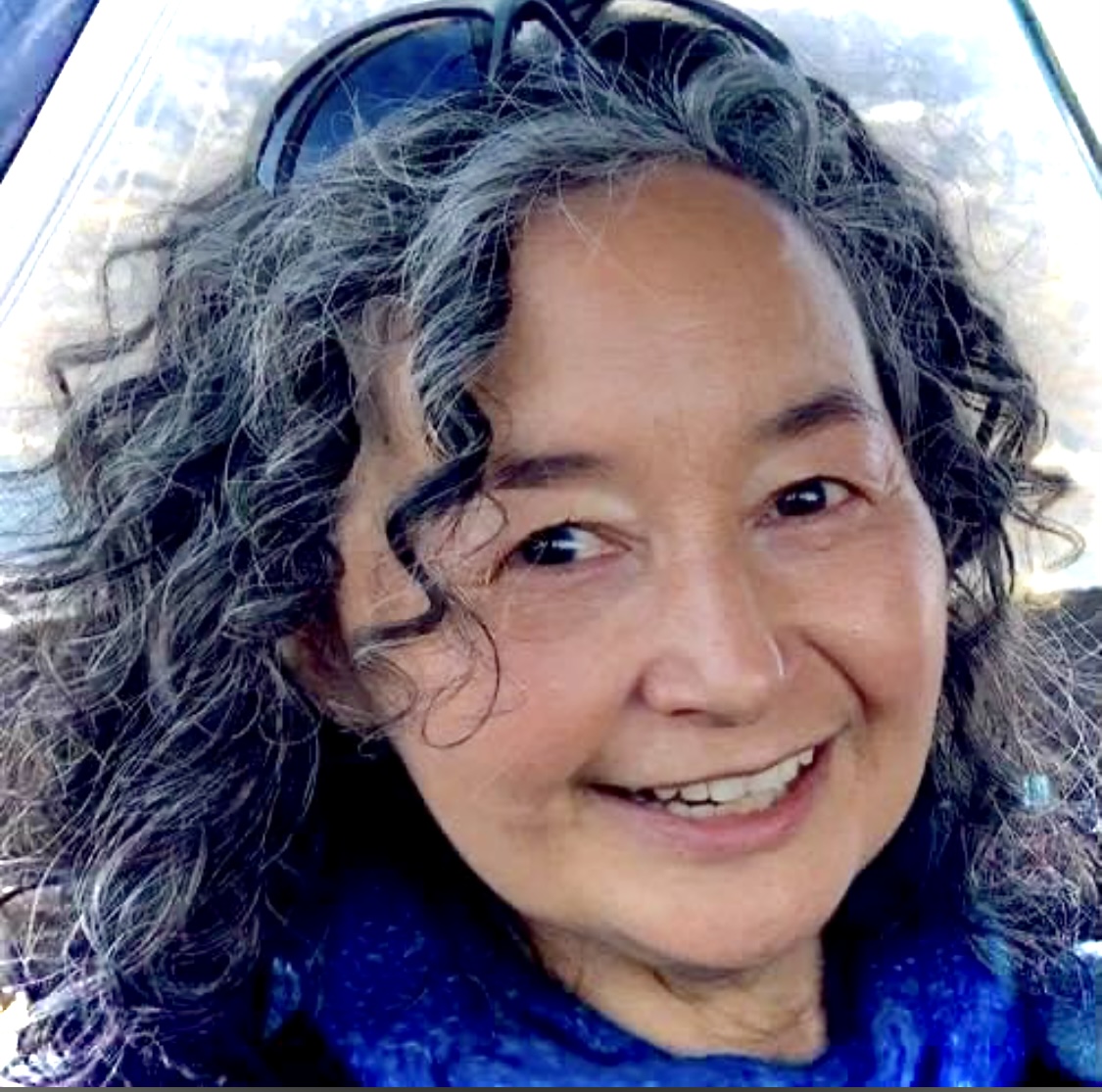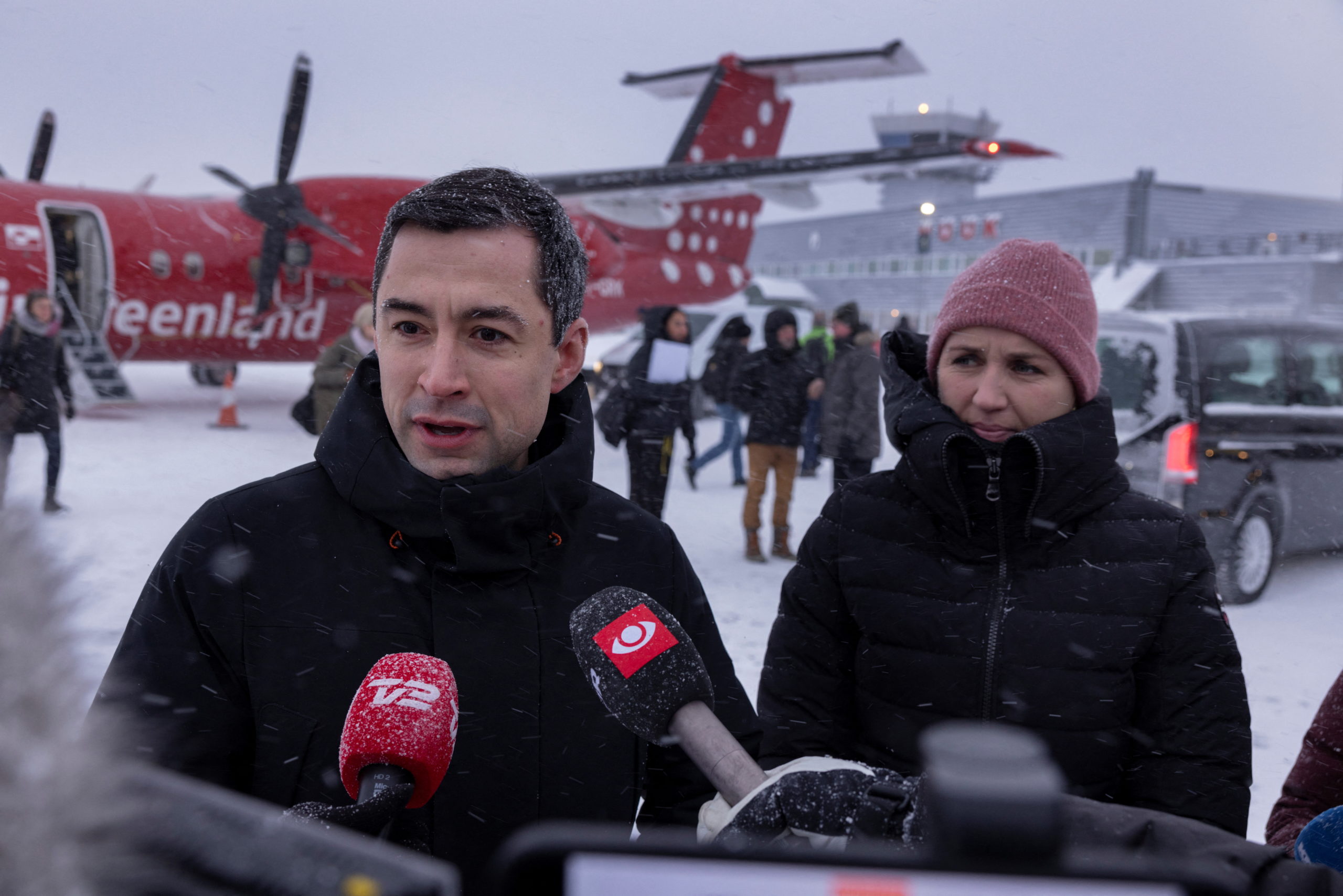Greenland women seek a reckoning for a 1960s Danish campaign to reduce births
Survivors of the push to widely implant IUDs in Greenlandic women are preparing court cases, and the campaign will be investigated as part of a wider probe into Danish misdeeds in the country.

From 1966 to 1970, during the so-called ”coil campaign” in Greenland that was set in motion by the Danish health authorities, about half the fertile women of Greenland — including girls as young as 13 — had an intrauterine contraceptive device, an IUD, inserted into their uterus.
Documents recently unearthed and testimony by women subjected to the campaign indicate that a significant part of the women were not aware of what happened or had not consented to the intervention. In some cases, where the parents of very young women should have been involved, they were not. There are indications that a number of those affected suffered severe pains, subsequent complications and infertility.
After decades of silence, still more women in Greenland are now publicly sharing their experiences and the coil campaign is being established as perhaps the most serious of all known Danish offenses in Greenland, a Danish colony until 1953 and now an integral part of the Danish Kingdom.
The women involved had a coil, in many cases of the brand Lippes Loop, inserted by medical doctors, almost all of whom were Danish. At a request from the Danish Chief Medical Officer in Greenland, the Danish parliament in 1973 amended relevant legislation so that doctors in Greenland were no longer required to involve the parents of girls between 15 and 18 years of age before they advised them about birth control. It now appears that in several cases such advice was immediately followed by the insertions of a coil.
In the five years from 1966 to 1970, some 4,500 women had an IUD inserted, many in connection with an abortion or when giving birth. The campaign continued until 1974, but there are no records to tell how many IUDs were administered in the last years of the campaign.
The effect was considerable. Data from Statistics Greenland show that the number of births in Greenland dropped by some 50 percent in the early 1970’s only to rise slowly from then on.
In Greenland, some now use the term “genocide” to describe this campaign.
50 years later
The campaign resurfaced into public scrutiny in May 2022 when the Danish Broadcasting Corporation aired four podcasts detailing much of the relevant proceedings. Since then, additional information has been steadily forthcoming.
Today we know for instance that the zigzag-shaped Lippes Loop-coil must have sometimes been bigger than the not yet fully developed uterus of the youngest of the women affected. Reportedly, only the size D of the Lippes Loop coil was available in Greenland at the time, indicating that some women and in particular the youngest very likely suffered severe pain and possibly additional complications.
At least one early death has been connected to the campaign and fragments of other difficult lives are appearing through the now shared stories of abdominal pains, infertility, operations and complicated sexuality. As late as 2022, a gynecologist at Queen Ingrid’s Hospital in Nuuk, Greenland’s capital, extracted a Lippes Loop coil from the uterus of a patient.

The media in Greenland has closely covered new details recently emerging about the campaign and in February, Francisco Cali Tzay, the UN’s Special Rapporteur on the Rights of Indigenous Peoples, added the coil campaign to his report on possible violations of human rights in Greenland to the UN’s Human Rights Council.
Last year, Denmark’s then Minister of Health, Magnus Heunicke, and Greenlands Naalakkersuisoq or Minister for Children, Youth, Families and Health, Mimi Karlsen, promised a full investigation of the coil campaign. The investigation, however, has not yet begun.
In Greenland, women adversely affected by the campaign are offered free medical or psychological help. In January, anybody affected by the campaign was asked to forward relevant material to the office of Greenland’s Chief Medical Officer in Nuuk. Data is also collected for the years after 1992, when the Greenlandic authorities took over responsibility for Greenland’s health sector. According to media reports in Greenland, some 30 women have so far provided information of their own experiences with the coil campaign. Nine women have reported that they were subjected to an IUD after 1992, even if they had not given their consent. The responsible doctors in Greenland may now face legal prosecution.
Women of the Year
A group of some 130 women in Greenland who are communicating primarily via Facebook are preparing court cases and demands for financial compensation from Denmark. Meanwhile, they are confronting the still-painful effects of the campaign.
In 2017, after almost five decades of silence, the groups’ moderator, psychologist and trauma specialist Naja Lyberth, became the first to talk publicly of her painful encounter with the campaign.
Last year, she featured as the main character in “Greenland’s Lost Generation,” a television documentary by the BBC, and on the BBC’s list of the World’s 100 most inspiring women. In February, she won the title of Arnatsialak or Woman of the Year in Greenland.
“I have found out that I was not 14 years old, but actually only 13, when I had my coil,” she explains via Zoom from her home in Nuuk.
She skipped a grade at the school in Maniitsoq, her hometown, and was therefore summoned at a particularly young age. She was not sexually active, she was not yet 15, and her parents were not asked to consent. Describing the pain, she evokes images of knives, but afterwards she did not talk about the intervention with anyone.

In 1992, she finished her education as a psychologist in Denmark and later received additional training as a trauma specialist. Today, she has served for a number of years on a team of specialists organized by Greenland authorities which travels across the country to help adults suffering from trauma as a result of childhood sex abuse.
Some years ago, Naja Lyberth realized that she was suffering from similarly trauma herself:
“When I entered my menopause, I had strong menstrual pains and many of my symptoms reminded me of the pains I experienced when I had my coil. Once again, I felt that something was too big for my body, just like the gynecological tools and the coil back then. My body, my uterus, all my abdomen reacted,” she says.
During her training as a trauma specialist she managed to treat her own trauma and she is now eager to assist others:
“It can lead to very serious retraumatization if you are unprepared and suddenly reintroduced to your old trauma. You may feel unprotected and vulnerable, so it is important that you are convinced that you are protected by your surroundings and that you feel you are able to protect yourself. This is particularly important, because we now know that we were subjected to a large and politically orchestrated campaign,” she says.
“I knew that many would ask why they have been unable to get pregnant. We all know someone, our cousins or other women, who have been unable to have children. I assumed that some of them would be retraumatized,” she says.

She compares her own reactions to those she finds with victims of sexual abuse.
“You are commanded by your fear. You feel shameful and embarrassed. You say nothing because you are afraid you will be judged or shamed,” she says. She places full responsibility for the coil campaign on Denmark:
“The doctor was only the extended arm of the state of Denmark,” she says.
“I was not allowed to rule over my own body or my uterus. I feel as if my body was colonized. Today, I have taken back my authority through my protests. I have decolonized my body, but I have no doubt that our bodies were colonized back then. It is only now that my body and my psyche no longer belong to the (Danish, ed.) government.”
She never told her parents what happened back then, but last year she visited their graves in Maniitsoq.
“I wanted to tell them everything. Your uterus is the most private of all and all the way in there I was subjected to an unwanted intervention. They violated not only our genitals and our hymens. They forced their way into our innermost organs. That was far too violent to handle for a young woman, so everything got suppressed until my body remembered it again,” she says.
Meanwhile, she found a possible explanation why so many allowed themselves to be subjected to the coil campaign without protest:
“In the older times we had to live in tight communities and let our leaders command the greater family in order that we could act together and make sure that all survived the harsh conditions. Already before we are able to speak, it is implanted in our superegos that we should not oppose authority,” she says. Which may explain, she finds, some of the traumas now surfacing:
“We suppressed our natural urge to fight or flee, which is why trauma occurs. Wild animals do not get traumatized because they don’t suppress their reflexes. They fight or flee when they have to. Afterwards they rest behind a bush and soon they are ready to move on. We did not have that option,” she says.
Single mothers
The promised probe into the campaign will be designed to unearth among others what motivated the Danish authorities to launch the campaign. In the 1960s Greenland’s population had the highest growth rate of any population in the world —but it is not clear why the Danish authorities found this so alarming that a campaign was deemed necessary.
In 1963, Mogens Boserup, a Danish economist deeply involved in Denmark’s efforts to modernize Greenland, explained in a book about Greenland’s economy that he saw no reason for “significant concerns regarding the growth of the Greenlandic population, even if it is close to a world record.”
On the contrary, Boserup described the number of children in Greenland at the time as economically beneficial since it would ensure sufficient workers to steer Greenland into a more prosperous future. His conclusion: “No regard to the growth of the population indicates that economic policy should involve in the relevant future propaganda in favor of birth control.”

Other reasoning behind the coil campaign may have been founded on Danish concerns about sexuality and family structures in Greenland. When the number of births in Greenland peaked in the 1960’s, more than one in four children were born by single mothers, a phenomenon that could have disturbed key actors in Denmark at the time.
Lyberth accuses the designers of the campaign of a lack of cultural understanding: “Suddenly we had to learn Danish and live in nuclear families instead of our extended families,” she says.
“To have children, grand-children and great-grand-children was our security in old age. Our extended families were self-sufficient and children were our pension fund,” she says.
Genocide
Last year, as the coil campaign became publicly known, Aki-Matilda Høegh-Dam, one of the two Greenlandic members of the Danish parliament, was among the first to use the term ”genocide” as she lashed out against campaign. Today she no longer stands alone:
“At first I wondered if it was really necessary to talk so loudly to be heard, but I have come to a new understanding, so thank you to Aki-Matilda,” says Asii Chemnitz Narup, former mayor of Nuuk and presently a member of Inatsisartut, Greenland’s parliament, for Inuit Ataqatigiit, the main party in Greenland’s governing coalition.
“Thousands of Greenlandic lives were never conceived. It was a violation of the individual woman’s life and of the life of her partner, but it was also a violation of our society that has been deprived of a great number of citizens. Numerous talents and individuals, dreams and laughter, strength and a wealth of ideas has been lost to us as a people and as a country. It is a crime against Greenland and our people. I may sound as if I am exaggerating, but that is how I feel,” she told ArcticToday.
The term “genocide,” according to the UN convention to prevent it, applies if proof is provided that one or more clearly identifiable and still living individuals has had the “intent to destroy, in whole or in part, a national, ethnic, racial or religious group,” and took actions inlcuding “imposing measures intended to prevent births within the group.”
The Danish Institute for Human Rights and the Human Rights Council of Greenland have jointly appealed to the Danish government to secure compensation and recognition of the abuse suffered by the women involved.
“We are talking of systematic and serious violations of some very basic human rights,” says the director of the Danish Institute for Human Rights, Louise Holck. Neither of the two human rights bodies, however, have so far used the word genocide.
“Based on what we know from other cases it is very hard to prove that an actual genocide has been committed, partly because intent by one or more individuals — civil servants, politicians, doctors or others — to destroy the population partly or entirely has to be proven,” says Holck.
A formal indictment pertaining to genocide would have to be opened by the Danish public prosecutor against individuals still alive, not against the Danish state. Proof would have to be at hand that the relevant individuals wanted to curb the number of births in Greenland not for economic or moral reasons, but based on ethnic or nationalist hatred.
The investigation of the coil campaign promised by the governments in Nuuk and Copenhagen is expected to take at least two years. According to a formal announcement, it will involve hearing of witnesses. The findings will feed into a larger probe of all controversial Danish deeds in Greenland since World War II which was agreed between Greenland’s Premier Muté B. Egede and the Prime Minister of Denmark Mette Frederiksen in June 2022.
CORRECTION: A sub-headline to an earlier version of this story incorrectly stated that the coil campaign was being investigated by the United Nations as potential genocide. The sub-headline has been updated.